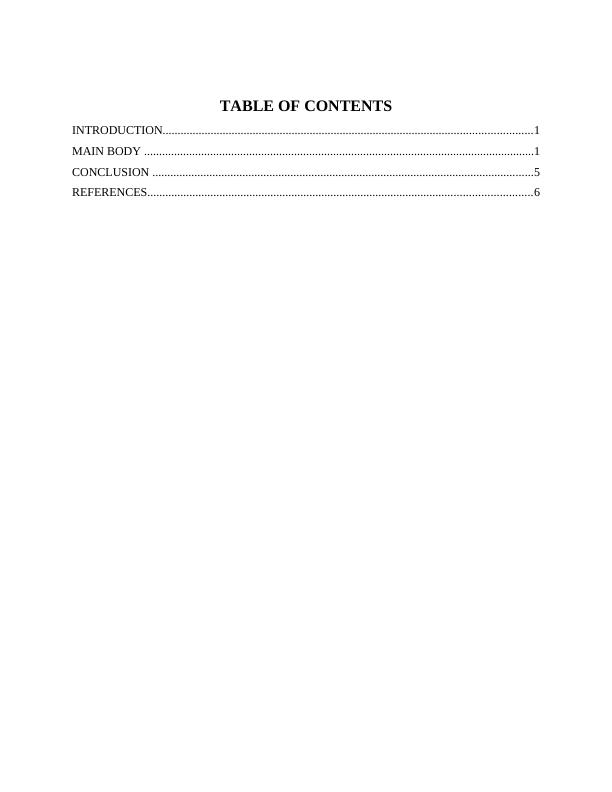Using the Principles of Primary Health Care to Protect and Promote Human Immunodeficiency
Added on 2021-02-19
8 Pages2372 Words314 Views
End of preview
Want to access all the pages? Upload your documents or become a member.
HIV and AIDS: Definition, Causes, Symptoms, and Prevention
|8
|2173
|44
Understanding HIV Disease: Causes, Symptoms, and Prevention Strategies
|11
|4434
|289
HIV Identification, Characteristics, Assessment, Management and Recommendation in Africa Population
|8
|2348
|79
Infectious Disease - HIV in India
|10
|2380
|12
World Health Organization (WHO) Defines Epidemiology
|13
|3676
|133
Evidence for inequalities in health outcomes in UK in relation to HIV/AIDS
|13
|5176
|254



